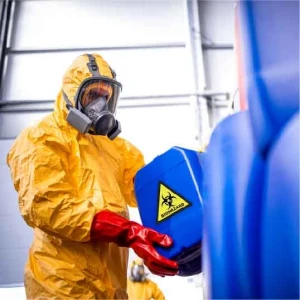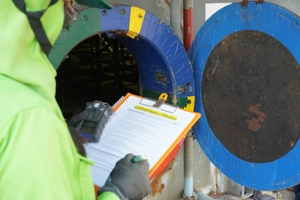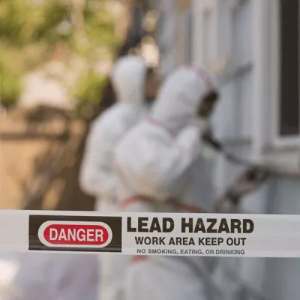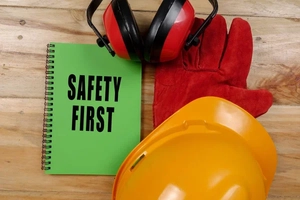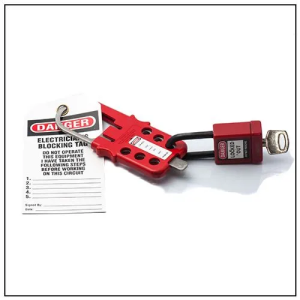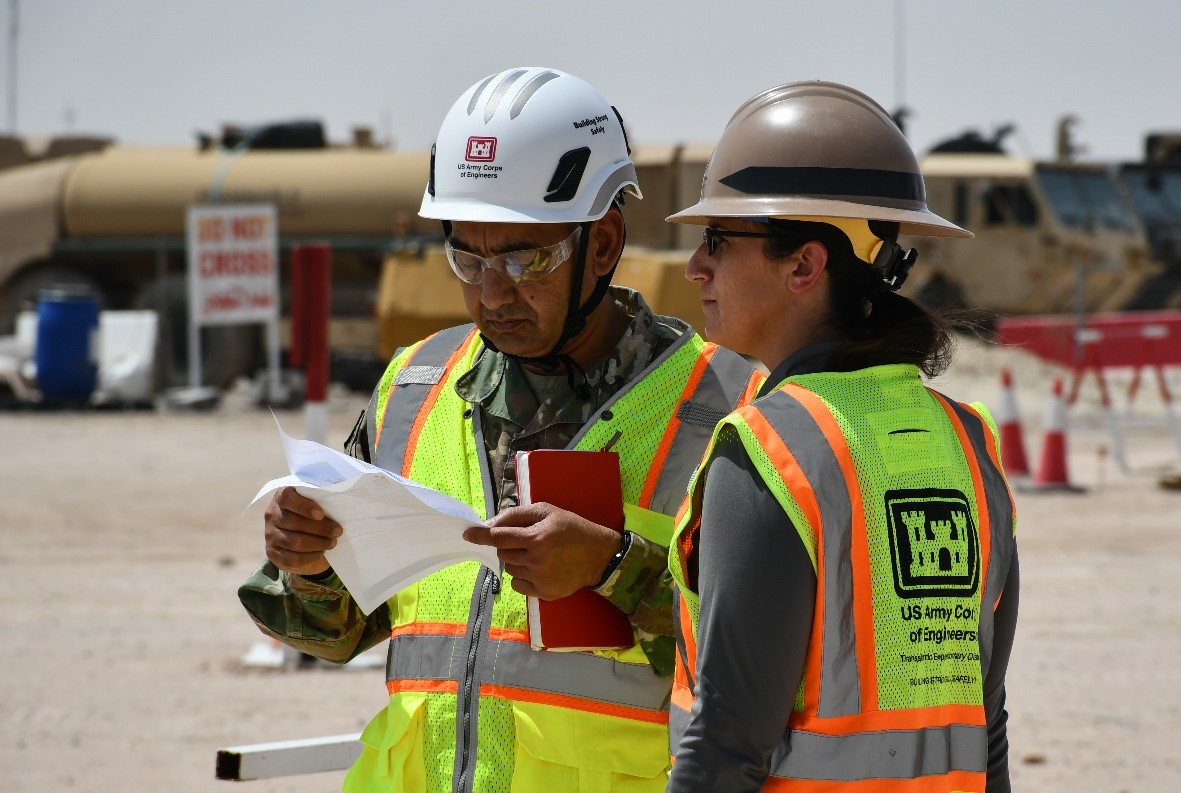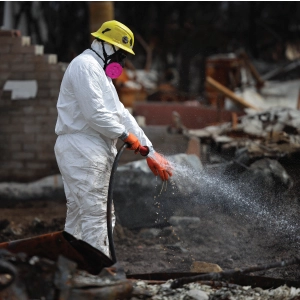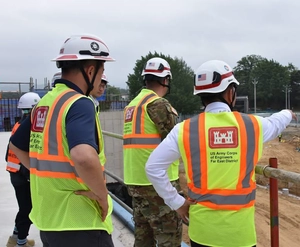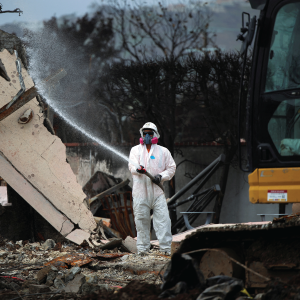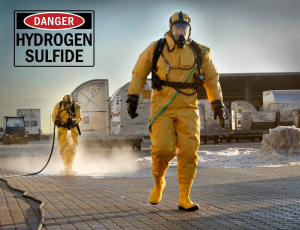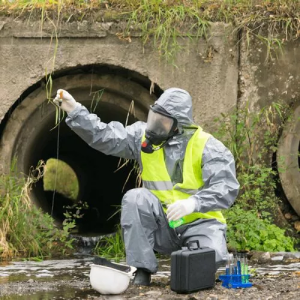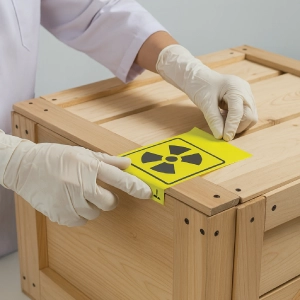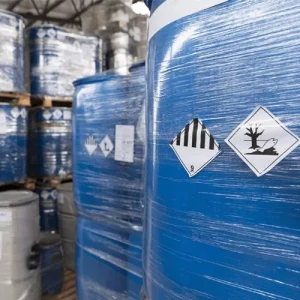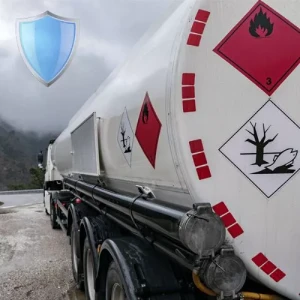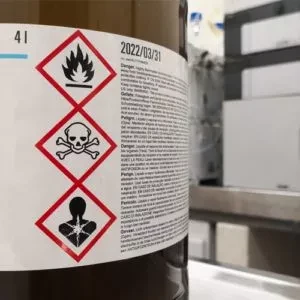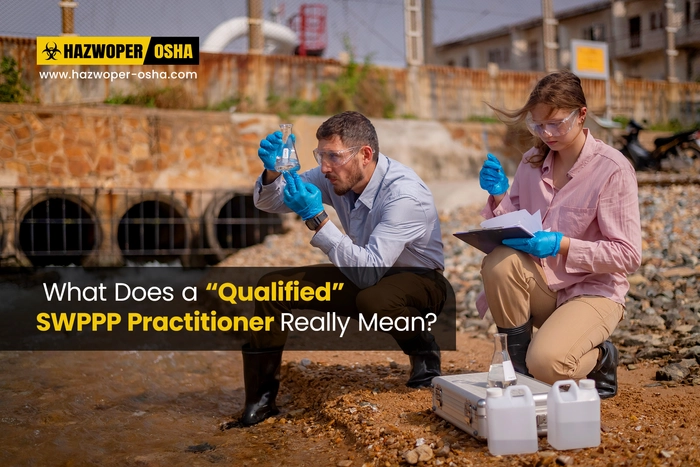OSHA’s 40-Hour HAZWOPER: Can Employers Provide the 3-Day Hands-On Training In-House?
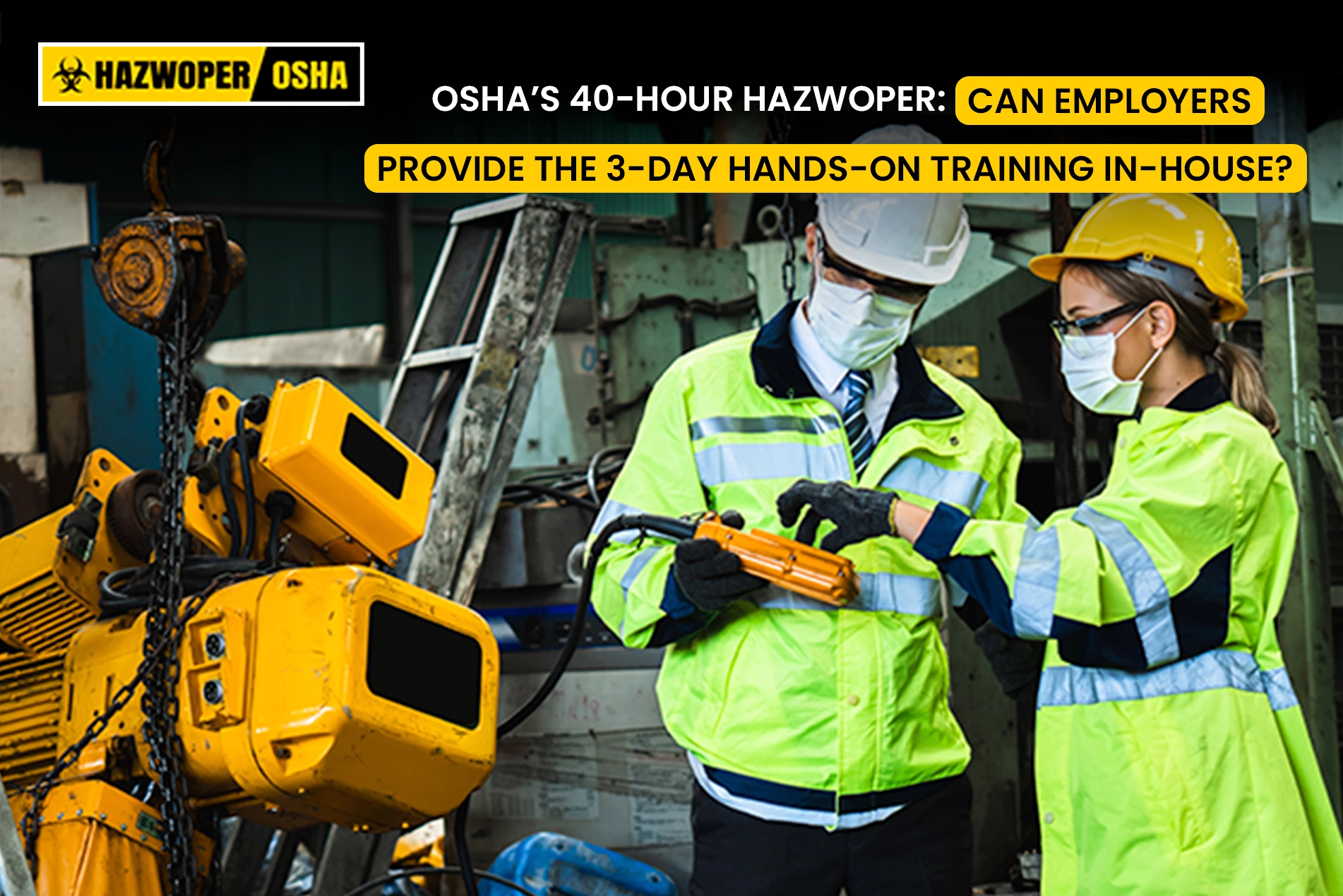
Introduction
Under OSHA Standard 29 CFR 1910.120 (Hazardous Waste Operations and Emergency Response), individuals working at hazardous waste sites need 40 hours of instruction plus 3 days of supervised, hands-on field training. This requirement ensures workers can apply what they learn to real-world scenarios. But can employers conduct the 3-day, hands-on portion themselves, or must they use a third party? Below, we explore how in-house training works, why it’s beneficial, and how online training can complement your overall HAZWOPER program.
1. Understanding OSHA’s 3-Day Hands-On Requirement
OSHA’s standard requires at least 3 days of field experience under the guidance of someone with adequate training and experience—often a supervisor who has completed the 40-hour HAZWOPER course. The goal is to give workers practical exposure to:
- Personal Protective Equipment (PPE) usage
- Decontamination procedures
- Worksite hazard recognition
- Safe handling of tools and materials
This hands-on portion cements the theoretical lessons learned in the initial 40-hour phase, ensuring employees can safely and effectively perform their tasks on hazardous sites.
2. Who Can Conduct the Hands-On Training?
OSHA allows employers to carry out the hands-on segment in-house, so long as:
-
A Qualified Supervisor
Someone with sufficient expertise and the 40-hour HAZWOPER certification must oversee the training. -
Comprehensive Curriculum
The activities must cover all the required topics under 29 CFR 1910.120(e) or 1926.65(e) (for construction), including PPE and decontamination. -
Documentation
Detailed records of dates, participants, and instructor credentials are essential for compliance.
3. Benefits of In-House Hands-On Training
-
Site-Specific Relevance
Every hazardous waste site has unique challenges. In-house training allows you to tailor exercises to your actual environment, tools, and safety protocols. -
Equipment Familiarity
Your employees can learn how to properly don and doff your specific PPE, identify any equipment flaws, and understand your facility’s decontamination procedures. -
Cost and Scheduling Flexibility
Conducting field training on-site can reduce travel costs and let you schedule sessions around work demands. -
Stronger Employee Engagement
Workers often feel more comfortable asking questions and experimenting with safety procedures in a familiar setting.
4. Essential Hands-On Activities
While every site may have unique needs, the following are typically part of a robust hands-on program:
- PPE Use & Maintenance
- Correctly fitting respirators, gloves, and suits
- Regular inspection for wear or damage
- Proper storage after use
- Decontamination Drills
- Setting up decontamination corridors
- Containing and removing hazardous substances from PPE and tools
- Disposing of contaminated materials safely
- Tool & Equipment Handling
- Learning site-specific equipment
- Understanding safe lifting and transporting practices
- Performing spill containment drills
- Emergency Response Simulations
- Mock spill cleanups or system failures
- Coordinating with first responders
- Reviewing evacuation routes
5. Documentation Essentials
A thorough paper trail is key to demonstrating compliance. Here’s a sample log sheet:
[On Company Letterhead] Date: _______________40-Hour Hands-On Training Acknowledgment Log
This document certifies that [Company Name] conducted in-house training for employees to fulfill the 3-day
hands-on requirement of the 40-hour HAZWOPER program, specifically covering: - PPE Use & Fitting - Safe Handling of Tools & Materials - Decontamination Procedures - Practical Exercises under direct supervision Each employee listed below has participated in these sessions and demonstrated understanding of the material. By signing, they acknowledge completion of the required hands-on training. | Employee Name | Position/Department | Date of Training | Signature | |-----------------|---------------------|------------------|----------- | | | | | | | | | | | | | | | | | | | | | | | | | | If you have questions about the training content or completion status, please contact [Name, Title] at
[Phone Number/Email]. [Name] [Title] [Company Name] [Contact Information]
6. What About the 40 Hours of Off-Site Instruction?
Although this blog focuses on the hands-on portion, the initial 40 hours of instruction are just as crucial. OSHA requires topics like hazard recognition, safe work practices, and emergency procedures. Many employers choose online training for these 40 hours because it offers:
- Convenience: Employees can learn at their own pace, reducing scheduling conflicts.
- Cost-Effectiveness: Eliminates travel expenses and classroom fees.
- Consistency: Ensures the same standard of material for all employees, regardless of location.
By pairing online learning with employer-led hands-on sessions, you can cover OSHA requirements thoroughly while customizing practical exercises to your specific site needs.
7. Final Thoughts
Yes, employers can provide the 3-day hands-on training in-house if they have qualified personnel and document everything properly. This approach not only saves time and money but ensures workers gain relevant, site-specific experience. Just remember to pair it with the mandatory 40 hours of HAZWOPER instruction—often delivered online for flexibility—to give employees both the theoretical background and the practical skills they need to stay safe and OSHA-compliant on hazardous worksites.

 EN |
EN |  ES
ES